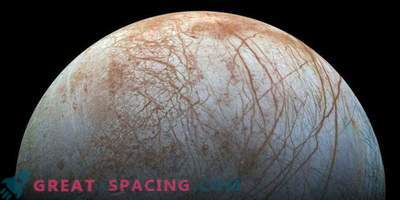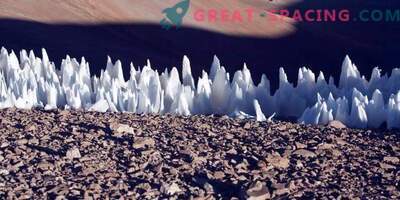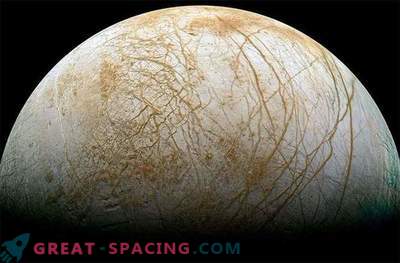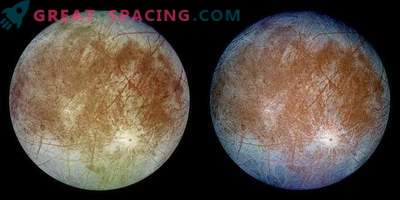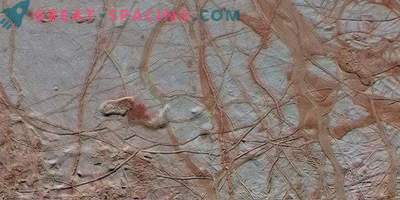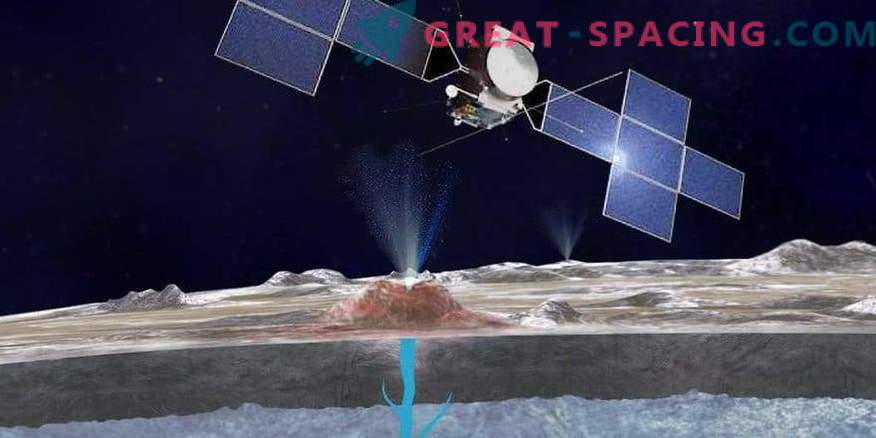
A computer simulation of liquid water jets on Jupiter’s satellite to Europe shows that the future JUICE space mission will be able to study whether the subglacial ocean of the moon has life.
Under the icy surface of Europe lies a deep liquid ocean of water. Scientists believe that in such conditions could develop a life protected from sunlight and curious earth observers. It seems a simple task to sneak through the ice and examine the water. But not everything is so easy, if we recall that the ice crust is capable of stretching for several kilometers in thickness.
In 2022, the European Space Agency plans to launch a JUICE mission. The spacecraft will arrive to Jupiter and ice satellites in 2030. On board will install a package of tools for studying the environment of particles of PEP. His detectors will be able to explore the jets and explore the composition of the ocean of Europe.
Observations from the Hubble Space Telescope in recent years have shown that there are geysers with erupting liquid water on the surface of Europe. These jets are the easiest way to test the contents of the ocean. You need to fly over one of the geysers and get water samples. JUICE is the first mission to complete this task. After arriving at the Jupiter system in 2030, JUICE will perform two spans of Europe. It is important to be sure that the spacecraft will be able to obtain samples of geysers. Therefore, in the last study created a computer simulation of the eruption. By calculating the trajectories of the millions of particles launched by the eruption, one can determine whether the particles are capable of reaching the height of the spacecraft and whether they are enough for detection.
The simulation showed that most of the particles fall to the surface after the eruption, but at the moment of activity the JUICE ship will be able to take a sufficient amount of samples. Interestingly, not all particles settle. Some become electrically charged after bombarding radiation from Jupiter’s magnetic field. They are not amenable to gravity and will move away from Europe.
The simulations also demonstrated two ways to collect samples in stubs. It may be possible to get not only water, but also other substances that will reveal a picture of the composition of the subsurface ocean and its suitability for life.




